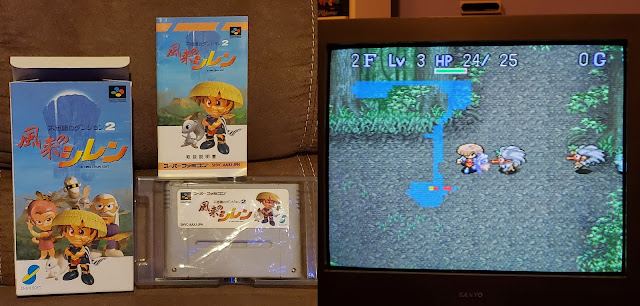Collection essentials #193: Ganbare Goemon 2: Kiteretsu Shōgun McGuiness / Let's Go! Goemon 2: Very Strange General McGuiness (SNES)

I previously covered two Goemon games for the Famicom, and here’s the first one I’m doing on the Super Famicom. If you remember the last two I did, you may be confused as to the numbering of this sequel. The second Goemon game on the Famicom was called Ganbare Goemon 2, and this one is also Ganbare Goemon 2. Why? Well, first, I have to point out that I skipped over the first Ganbare Goemon game on SNES. That was actually the first Goemon game released outside Japan, which was under the name “The Legend of the Mystical Ninja”. Even though I have that game, I’m leaving it off this list. Many people like it, but when I played it for myself I found it very overrated and not that good. Anyways, for some reason Konami decided to reset the numbering when they started making the games on Super Famicom, so this second game on the system is called Ganbare Goemon 2 instead of Ganbare Goemon 4. I’m not sure if there’s any known reason as to why! This Ganbare Goemon 2 still has towns, but plays a l...












